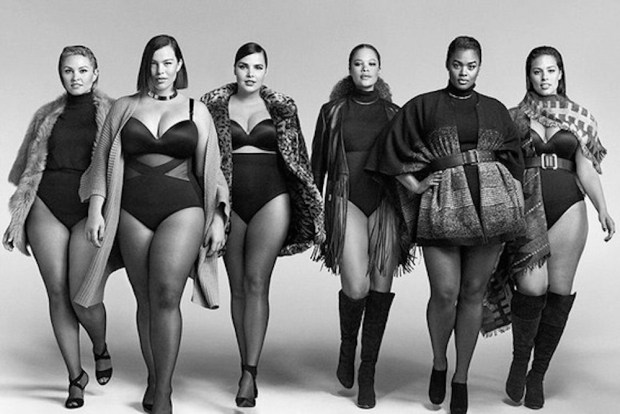How Social Media Made Retail Marketing More Inclusive

Generally speaking, it is hard to think of social media as something that is making the world a more inclusive place – given its occasional status as a toxic swamp of intolerance and cruelty.
But social media has the ability to give more than men’s rights activists, bigots, misanthropes, political extremists and conspiracy theorists a venue to spout their more interesting ideas about the world and how it works. It also, as it turns out, gives normal people a voice — and with that voice a better shot at influencing outcomes.
A lesson that is particularly true in retail — where merchants’ main and overriding goal is to be one with the will of the people, with people being synonymous with consumers.
Case in point, Lane Bryant, which for 100 years (literally) has been helping plus-sized (or normally sized, depending upon one’s definition) ladies find fashionable clothing. For the last few years, it has also been helping them find a voice and a safe space on social media.
“The plus-size woman is not a dowdy, insecure person,” said Lane Bryant’s CMO Brian Beitler, a former SVP at David’s Bridal who joined the company in October 2014. “She’s loud and proud. These women feel beautiful. They’re confident, and they want their fashion to convey that.”
The brand has also found a way to use social media to take shots at the competition — recently Victoria’s Secret — with its #ImNoAngel lingerie campaign that highlights full-figured models in their underpants, as opposed to VS’s taller, thinner women in their underpants.
“We wanted to bring their conversation to light and leverage it in a way that’s not diminishing it, and not using it in a negative way,” Beitler said. “It’s putting a megaphone to it. She was talking, and we want people to hear her.”
And, of course, they want to attract her potential spend, which according to NRF data is quite sizable and undertapped.
As of now only about $17 billion-$19 billion of the $100 billion fashion industry is composed of plus-size clothing, despite the fact that 67 percent of American women fall into the technical definition of plus sized.
“Social media has not only given plus-size women a voice, but it sparked the growth of a community,” said Marie Denee, author of the Curvy Fashionista blog, according to DigiDay. “The advancement of plus-size fashion has directly correlated to this conversation.”
The fallacy that social media has exposed is that women larger than a certain number have not given up on clothes until they meet a body image goal; they are just being underserved and as such retailers are making less money than they could.
“I’m not a person in transition, I don’t want to hide, and my money is just as green as anybody else’s,” Denee said.
